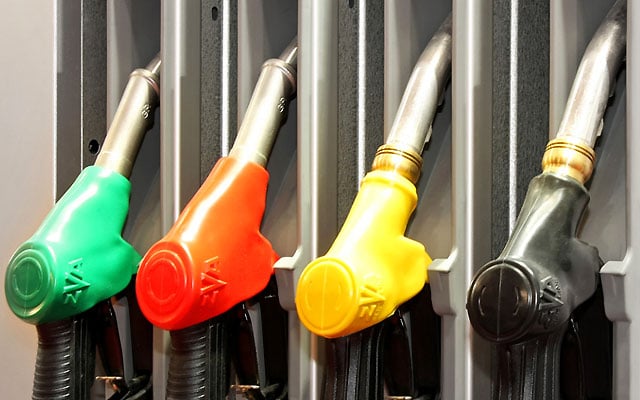Leaded ‘four-star’ petrol was withdrawn from sale in 2000 and the product that replaced it – Lead Replacement Petrol (LRP) – went the same way in 2003 as sales were so low.
If you've got a pre-1992 car it's important to find out if it can run on normal (95 octane) unleaded petrol. The previous owner might have had it converted or may be using petrol additives.
What's the problem running an older car designed for leaded petrol on unleaded?
- A slight loss in the fuel’s ignition quality should barely be noticed although ignition timing might have to be reset to avoid any tendency to detonation (or 'pinking').
- If the engine has valve seats cut directly into a cast-iron cylinder head or block, the loss of the protective effect of the lead compounds means that when driven hard the vale seats can wear.

The long-term answer is to have hard-alloy valve seat inserts installed, or even an exchange head fitted.
If the cylinder head hasn’t been converted, you have three basic choices:
1. Use an additive
- In normal or moderately hard road use the valve seat protection afforded by these additives is perfectly satisfactory, and engine life will be just as good as with leaded petrol.
- Take care, as mixing and dose-rates can be quite difficult to get right in small amounts. Once you've chosen an additive stay with that brand rather than swapping between products.
2. See what happens on unleaded only
- Not completely daft, in that driven reasonably for limited mileages, the valve clearances will not be taken up between services, so with moderate care no harm should result.
- Look out for loss of compression or reduced valve clearances, in which case you must take action right away.
3. Continue using leaded four-star
- When four-star was withdrawn from sale a concession to the regulations allowed 0.5% of petrol sales to be leaded, for 'characteristic' vehicles. But there are now only very small quantities sold for historic vehicles by licensed garages who are members of the Federation of British Historic Vehicle Clubs (FBHVC).
- It makes no sense to drive long distances to buy leaded, or to mix it with additised fuels if it's hard to find.
- There are strict and sensible regulations controlling the storage of petrol: it may only be kept in the vehicle's normal petrol tank or as a few litres in approved spare cans.
Suitable additives
- There are several lead-replacement additives available for 'DIY' dosing of unleaded petrol.
- The Federation of British Historic Vehicle Clubs has tested and endorsed a number of 'valve seat recession (VSR)' additives.
Why was lead used?
Lead was used as an additive in petrol from the 1920s through to the beginning of 2000 when it was banned by European Regulation.
- Lead allowed the development of higher 'octane number' fuel (the higher the number, the greater the resistance of the fuel to uncontrolled burning in the engine, or 'detonation'), and was also discovered, later, to have the property of protecting valve seats from wear.
- Leaded fuel was withdrawn because lead is a cumulative toxin, found to affect human health adversely. Modern refining methods can provide the necessary fuel quality (octane) without added lead.
12 May 2017
